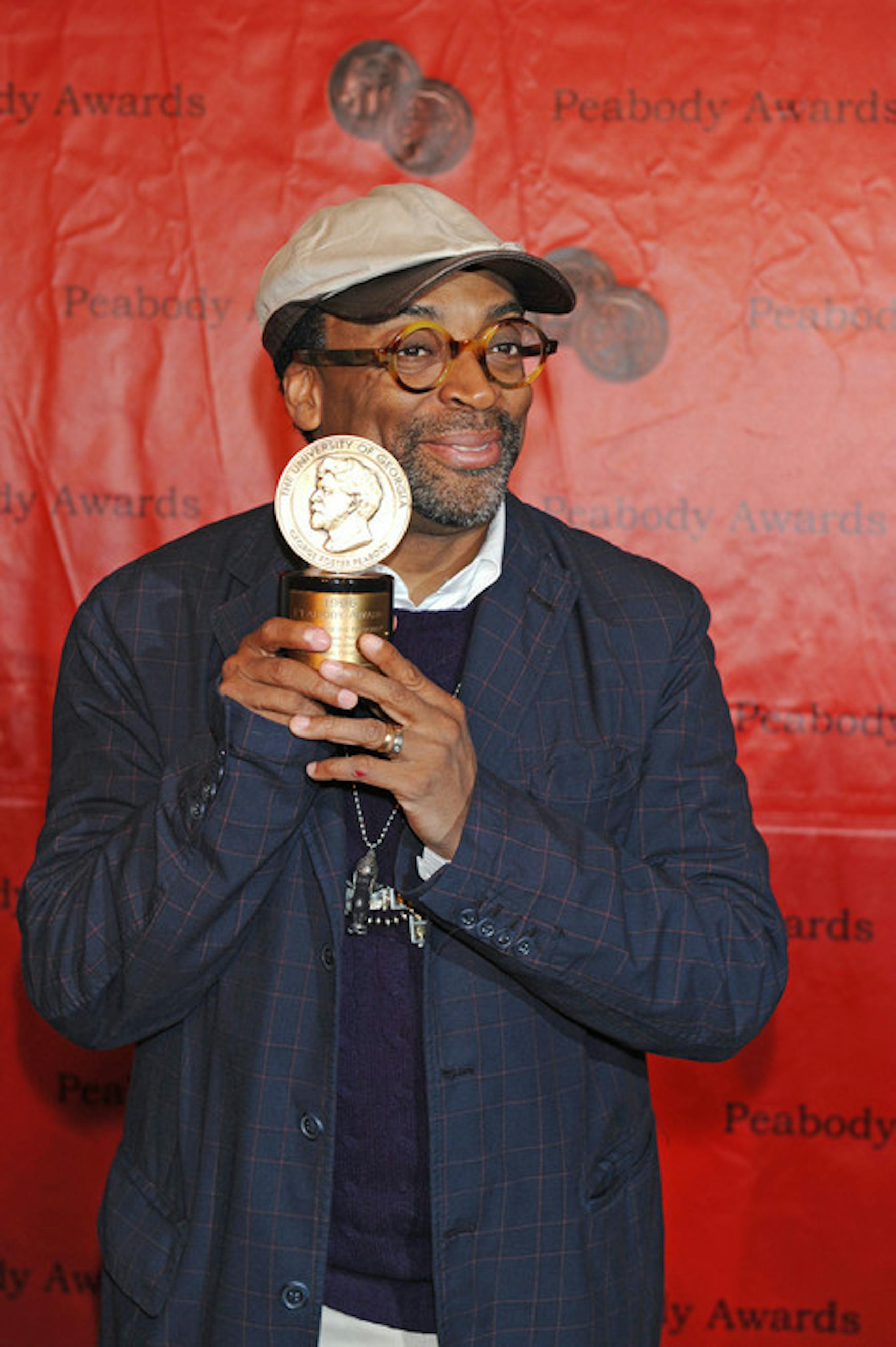The Black Handguide to time travel: A review of ‘See You Yesterday’
As a young Black woman who loves engaging with and consuming all kinds of media, I strive to find stories that reflect my identity and interests and tell amazing stories in powerful ways. Often within Black media in particular it can become cacophonous to see the same stories repeated — the films about slavery or the Civil Rights Movement that are only really showcased during Black History Month. I would be remiss to not express and acknowledge that these stories are important and necessary to talk about. These stories need to be told and remembered in order to educate and inspire us to create a better future. It is also important to recognize that these stories do not define us, but rather are part of our shared history.
A powerfully poignant film directed by Stefon Bristol, “See You Yesterday” explores the social issues plaguing our society in an unconventional way. For those of you who have not watched or heard of this film, it tells the story of two brilliant Black teens who invented time travel — in high school nonetheless. Claudette Walker (Eden Duncan-Smith) and best friend Sebastion Thomas (Danté Crichlow) are only in their sophomore year and have created an entire plan to win their school’s science competition, a TechExpo; break out of poverty and create new lives as college students at Ivy League schools. And I have got to say, that is a pretty solid plan!
The most notable aspect of this film is the use of time travel. As someone who may not be the most engaged when learning about STEM-oriented subjects, the film’s style of portraying time travel and the multi-layered complexities of invention is so interesting. The teens’ invention of time travel has its laws, of course, as any science does, but it is intriguing to think about temporarily going back into time and changing events. There is a catch though. They can only go back for ten minutes at a time and each time they go back they can not run into their other selves. This creates a lot of complications, but I am here for the complixity of it all. The opening scene is brilliant as it seamlessly exposes us to the dynamic duo, Claudia — who goes by CJ — and Sebastian as they document their invention of temporal relocation. We can tell that they have been passionately working on this project for some time and their chemistry as friends — pun intended — is beautiful to see on screen.
The fact that these two young Black students are determined to create one of the most complex scientific ideas — and one of them is a Black woman — is purely impressive. The characters are smart, determined, and resourceful, and their authenticity is noteble.
Another noteworthy aspect of this film is the rich culture of Black and Jamaican origins. Set in East Flatbush, the imagery of the city expresses a sort of vibrancy that is not often seen or heard of when thinking about the Black and Brown neighborhoods in New York. The cinematography imbues a sense of home and belonging from scenes of older Jamaican and Caribbean folks playing chess or speaking their native language as they celebrate Juneteenth and all of Black culture. Britol’s work is so colorful and bright, which is a likely intentional choice to not only prove that Blackness is not just strife and sadness but also prove that Black lives carry worth and weight.
Initially, the premise seems to be quite light-hearted, especially with the focus on the teens’ intelligence and genius-like abilities showcasing Black excellence. However, that is not the center of the story. Unfortunately, in the midst of all this joy, the untimely murder of Claudette’s brother by the police occurs only thirty minutes into the film. Claudette’s brother Calvin Jr. was unjustly shot and killed because the police believed he matched the description of a burglar. This not only disrupts the entire family but the community as well. Claudette and her family are left to pick up the pieces of their shattered lives and try to make sense of the tragedy. The community is shaken and is left feeling powerless. Claudette, even in her grief, is determined to do something — to take action. Thus, she convinces Sebastian to use their time machine prototype to change the events leading up to prevent the shooting. Throughout the entire movie, CJ and Sebastian continue to go back in time to try to change the past and prevent the unjustified death of her brother, yet she is unable to successfully prevent the death of Calvin. No matter what they do or how many times they try to outthink the situation, something always goes wrong.
Bristol’s choice in how he ended this scene captures the reality of the Black community’s struggle. By the end of Stefon Bristol’s film “See You Yesterday,” it can be expected that audiences are exhausted. Exhausted from going on a journey with CJ as she continues to try despite her failures, exhausted from the non-stop violence against the Black community. And although time travel is not real, the unfortunate factor is that the loop of Black violence is. Yet, the last scene could also be interpreted as one of hope and of tragedy.



Please note All comments are eligible for publication in The Justice.